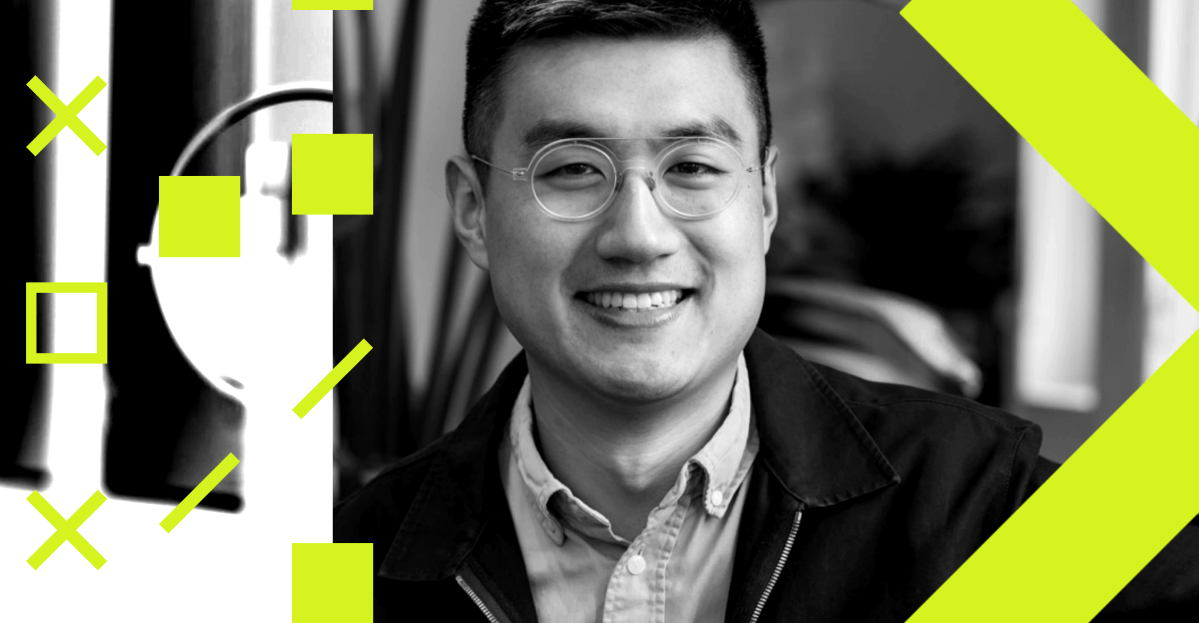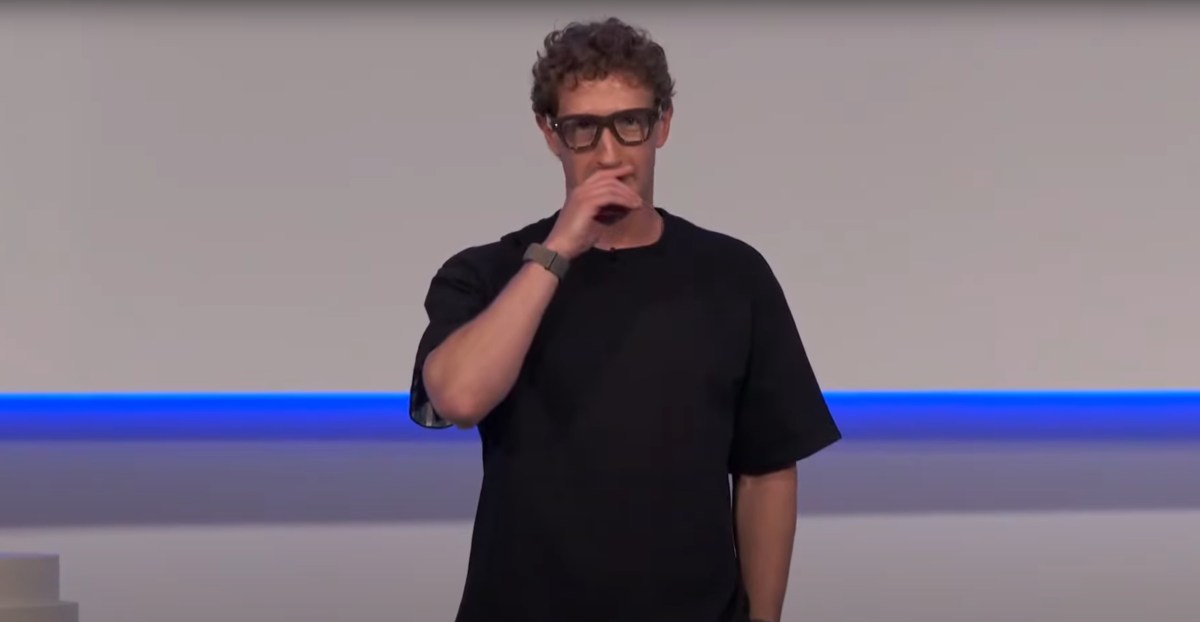
Amazon bets on AI agents to win the race, says AGI Labs chief David Luan
Sources: https://www.theverge.com/decoder-podcast-with-nilay-patel/761830/amazon-david-luan-agi-lab-adept-ai-interview, The Verge AI
TL;DR
- Amazon’s AGI Lab chief David Luan says solving agents is the next major ‘S-curve’ for AI progress.
- Luan’s career spans OpenAI, Google, Adept, and now Amazon, with a focus on production-ready agents and a move away from training as the sole path forward.
- The conversation follows OpenAI’s GPT-5 release, with emphasis on model convergence, the idea of a single shared reality in frontier models, and the growing importance of how AI is used rather than benchmark scores alone.
- Adept pioneered the first production-ready AI agent and was acquired to scale agent work at Amazon; the interview touches on reverse acquihire dynamics and why Amazon is doubling down on agents.
- For developers and enterprises, the discussion signals a shift toward robust agent capabilities, infrastructure, and a factory mindset for delivering smarter AI systems.
Context and background
David Luan has spent a formative decade in AI research and product development across several notable organizations. In the interview, he describes his time leading research and engineering at OpenAI from 2017 to mid-2020, where his teams contributed to GPT-2, GPT-3, CLIP, and DALL-E. He then led the large-language model (LLM) effort at Google, working on the PaLM family, before cofounding Adept, the first AI agent startup focused on turning models into usable agents. About a year ago, Amazon brought him on to run its AGI Lab in San Francisco. The host notes the conversation happened soon after the release of OpenAI’s GPT-5, which serves as a point of reference for discussing progress, maturity, and the direction of frontier-model work. The interview also touches on industry dynamics such as reverse acquihire and the strategic decision to join a larger tech platform to push agent work forward The Verge. Luan reflects on his OpenAI era, recalling the collaborative spirit of teams building GPT-2, GPT-3, CLIP, and DALL-E, and contrasts it with today’s more formalized, production-focused AI environment. He notes that after Google, several colleagues moved into startups, leading to Adept—the company he helped launch to pursue computer-use agents and real-world automation. Adept produced the first production-ready AI agent, a milestone that Amazon later sought to scale by integrating agent-focused work into its broader AGI strategy. The chat is positioned as a rare window into how a single executive envisions Amazon’s ambitious agenda around agents and the broader AI race The Verge.
What’s new
Luan frames agents as the next major inflection point in AI, slated to be the follow-on tier to chat-centric capabilities. He argues that progress in frontier models is increasingly about building a dependable “factory” that repeatedly churns out smarter systems rather than chasing minor model tweaks. This factory mindset contrasts with the older view of simply training bigger models; in Luan’s view, a frontier-model lab’s job is to design the infrastructure, processes, and tooling that enable continuous improvement. Key ideas highlighted in the interview include:
- Agents as the next S-curve: Solving reliable, real-world tasks with AI agents is presented as the next major leap in AI capabilities and deployment complexity.
- The factory approach to frontier models: Luan emphasizes the importance of scalable systems and processes that produce better models over time, rather than focusing only on incremental model-level tweaks.
- Convergence of frontier models: Luan discusses the observation that capabilities across leading models appear to be converging, with the notion that multiple labs are approaching similar levels of performance for core tasks.
- The Platonic representation hypothesis: A concept discussed by Phillip Isola, suggesting there is one underlying reality that models approximate through training data, leading to shared representations across models as more data is absorbed. Luan notes that some industry observers see multiple “realities,” while he argues for a single shared underlying reality in the sense of converging capabilities. The discussion also touches on how benchmarks are increasingly a game of “study for the exam,” rather than a definitive signal of real-world usefulness The Verge.
- The role of attachment and user experience: He points to how users form relationships with model checkpoints and how that influences perceived value and adoption, a trend that shapes how progress is measured in practice rather than purely by metrics.
- The nature of progress after GPT-5: The interview indicates that progress is moving toward broader capabilities beyond chat or coding, and toward more complex, integrated use cases where agents operate in real-world contexts. The conversation also underscores the practical shift in AI ethics, risk management, and product strategy as large tech players like Amazon lean into agent-centric architectures and the broader AGI agenda. The hosts note that the interview occurs in the wake of GPT-5’s release, which frames the discussion around maturity, deployment-readiness, and the strategy of building durable AI capabilities at scale The Verge.
Why it matters (impact for developers/enterprises)
For developers and enterprises, the shift toward agents signals a potential reorientation from chasing marginal model improvements to delivering reliable, task-oriented AI systems. Luan’s emphasis on a factory mindset implies that organizations should invest in the systems and workflows that enable continuous improvement of agents and the surrounding infrastructure, not just the models themselves. In practical terms, this means prioritizing:
- Robust agent capabilities for real-world tasks, including reliability and safety guarantees in automated workflows.
- Scalable pipelines and tooling that support rapid iteration and deployment of agents across diverse use cases.
- A broader view of AI utility beyond traditional benchmarks, focusing on how users actually interact with AI and form attachments to agents as collaborative partners. The interview also highlights corporate strategy dynamics, such as the “reverse acquihire” trend mentioned in the host’s commentary: a large tech company acquiring a buzzy startup to accelerate its own AI capabilities while navigating antitrust considerations. Luan’s career trajectory—from OpenAI to Google to Adept and now Amazon—illustrates how major tech players are leveraging leadership talent to shape their AGI and agent-focused agendas. For enterprises, that means potential access to integrated, enterprise-scale agent platforms, and a learning curve around deploying agents that can operate across real-world environments with corporate-scale governance and risk controls The Verge.
Technical details or Implementation (what this suggests for building today)
The discussion emphasizes several practical takeaways for teams building or deploying AI agents today:
- Treat frontier-model work as a systems problem: Luan argues that the real payoff comes from building the factory infrastructure—data pipelines, evaluation frameworks, deployment platforms, monitoring, and governance—that sustains continuous improvement of models and agents.
- Focus beyond chats and code: While chat and coding are familiar use cases, AGI is portrayed as broader—agents capable of coordinating tasks, retrieving information, and executing multi-step workflows in the real world.
- Production-ready agents vs. research prototypes: Adept is highlighted as the source of the first production-ready AI agent, illustrating the path from research ideas to scalable, operational systems. Amazon’s interest in running agents signals a commitment to operationalizing agent technology at scale.
- Benchmarking with a critical eye: The conversation suggests that wall-clock usefulness and user experience can outpace traditional benchmarks, calling for new evaluation methods that reflect real-world utility and user attachment.
- Platonic representation and convergence: The idea that frontier models converge toward a shared representation of reality has implications for interoperability, standardization, and benchmarking approaches across labs and platforms. Taken together, the dialogue presents a picture of Amazon’s AGI Lab as prioritizing agents, infrastructure, and real-world deployment, rather than focusing solely on pushing larger models. For teams building AI today, this implies investing in agent orchestration, reliability, and end-to-end integration with business processes, along with considering how to measure success beyond conventional model scores The Verge.
Key takeaways
- Agents are framed as the next major frontier in AI, with reliability as a central challenge.
- A factory mindset for frontier-model work is emphasized over incremental model tweaks.
- The conversation references convergence among leading frontier models and a debate about whether there is a single shared representation of reality in AI systems.
- Adoption and user experience, including emotional attachments to AI, are highlighted as important success metrics beyond benchmarks.
- Adept’s early work on production-ready agents and the reverse acquihire path illustrate how large tech ecosystems are consolidating agent capabilities at scale.
FAQ
-
Who is David Luan and why does he matter in this discussion?
Luan is the head of Amazon’s AGI Lab in San Francisco, with a background leading AI research and engineering at OpenAI and PaLM at Google, and he co-founded Adept to pursue AI agents before joining Amazon [The Verge](https://www.theverge.com/decoder-podcast-with-nilay-patel/761830/amazon-david-luan-agi-lab-adept-ai-interview).
-
What is meant by the Platonic representation hypothesis in this interview?
It’s the idea that there is one reality that frontier models approximate through training data; as models ingest more data, they converge toward a shared representation of the world. The discussion also notes that some observers see multiple imaginaries, but the speaker emphasizes convergence and shared representations in practice [The Verge](https://www.theverge.com/decoder-podcast-with-nilay-patel/761830/amazon-david-luan-agi-lab-adept-ai-interview).
-
Why are agents considered the next big frontier according to Luan?
gents are viewed as the path to reliably completing real-world tasks, not just generating text, which represents a broader and more impactful usage of AI than chat alone, according to the interview with Luan [The Verge](https://www.theverge.com/decoder-podcast-with-nilay-patel/761830/amazon-david-luan-agi-lab-adept-ai-interview).
-
What does the “factory” approach imply for development teams?
It implies building scalable systems, processes, and infrastructure that enable continual improvements in model and agent capabilities, rather than focusing solely on model training or single-point improvements [The Verge](https://www.theverge.com/decoder-podcast-with-nilay-patel/761830/amazon-david-luan-agi-lab-adept-ai-interview).
-
How does this discussion relate to benchmarking and real-world use?
The interview suggests benchmarks are increasingly about studying for the exam rather than predicting real-world usefulness; the focus shifts toward how models are actually used and the attachments users form with AI systems [The Verge](https://www.theverge.com/decoder-podcast-with-nilay-patel/761830/amazon-david-luan-agi-lab-adept-ai-interview).
References
- https://www.theverge.com/decoder-podcast-with-nilay-patel/761830/amazon-david-luan-agi-lab-adept-ai-interview
- The Verge Decoder podcast with Nilay Patel (The Verge) The Verge
More news
First look at the Google Home app powered by Gemini
The Verge reports Google is updating the Google Home app to bring Gemini features, including an Ask Home search bar, a redesigned UI, and Gemini-driven controls for the home.
Meta’s failed Live AI smart glasses demos had nothing to do with Wi‑Fi, CTO explains
Meta’s live demos of Ray-Ban smart glasses with Live AI faced embarrassing failures. CTO Andrew Bosworth explains the causes, including self-inflicted traffic and a rare video-call bug, and notes the bug is fixed.
OpenAI reportedly developing smart speaker, glasses, voice recorder, and pin with Jony Ive
OpenAI is reportedly exploring a family of AI devices with Apple's former design chief Jony Ive, including a screen-free smart speaker, smart glasses, a voice recorder, and a wearable pin, with release targeted for late 2026 or early 2027. The Information cites sources with direct knowledge.
Shadow Leak shows how ChatGPT agents can exfiltrate Gmail data via prompt injection
Security researchers demonstrated a prompt-injection attack called Shadow Leak that leveraged ChatGPT’s Deep Research to covertly extract data from a Gmail inbox. OpenAI patched the flaw; the case highlights risks of agentic AI.
Predict Extreme Weather in Minutes Without a Supercomputer: Huge Ensembles (HENS)
NVIDIA and Berkeley Lab unveil Huge Ensembles (HENS), an open-source AI tool that forecasts low-likelihood, high-impact weather events using 27,000 years of data, with ready-to-run options.
Scaleway Joins Hugging Face Inference Providers for Serverless, Low-Latency Inference
Scaleway is now a supported Inference Provider on the Hugging Face Hub, enabling serverless inference directly on model pages with JS and Python SDKs. Access popular open-weight models and enjoy scalable, low-latency AI workflows.





